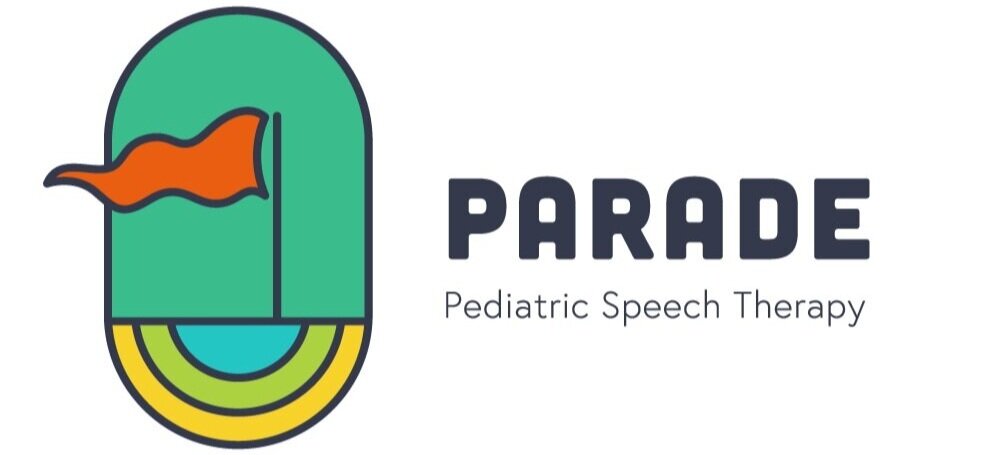Speech
Speech refers to the sounds that a child makes and puts together to pronounce words. Speech therapy can help children who have difficulty making speech sounds, resulting in speech that is hard to understand. Two ways to talk about speech errors is to break them up into articulation errors and phonological errors.
Articulation
Articulation refers to the way that speech sounds are made with the body. To produce speech sounds, the lips, teeth, jaw, cheeks, tongue, hard palate, soft palate and larynx coordinate to produce sounds. For example, the lips come together and the breath must make a puff of air for the “P” sound. For the “M“ sound, the lips also come together but the voice is added to say “Mmmmm.” To make the “L” sound, the tip of the tongue must lift up to touch the gum behind the top front teeth, a spot called the alveolar ridge.
Speech therapy can help children understand the parts of their mouth and body they need to make speech sounds, how to make the sounds, and improve the motor pattern so that making the sounds becomes automatic in conversational speech.
You can check out this blog post, Does My Child Have a Speech Sound Disorder?, for more information.
Phonology
Phonology refers to the rules that govern which sounds go where in words in the sound system. All children make errors when they are learning to speak. Many of these errors follow a certain pattern, which are called phonological processes. These patterns are considered a part of speech development as children begin to speak and each pattern should disappear by a certain age. Examples of phonological processes are when a child substitutes a “T” for a “K” sound consistently in words. They may say “tea” for “key” or “bat” for “back.”
If your child continues to use the pattern after the age of expected disappearance, their speech may be hard to understand and they may need extra assistance from a speech therapist.
Related Blog Posts
Phonological Processes Series - Velar Fronting
Phonological Processes Series - Stopping
Sound Errors in Speech Development
Green Screen Magic: Using a Green Screen in Online Speech Therapy
How I Make Online Speech Therapy Sessions Fun for Kids!
Five Fun Ways to Work on Speech Sounds at Home
Why I Love Teaching Kids the R Sound
Online Speech Therapy for the R Sound
